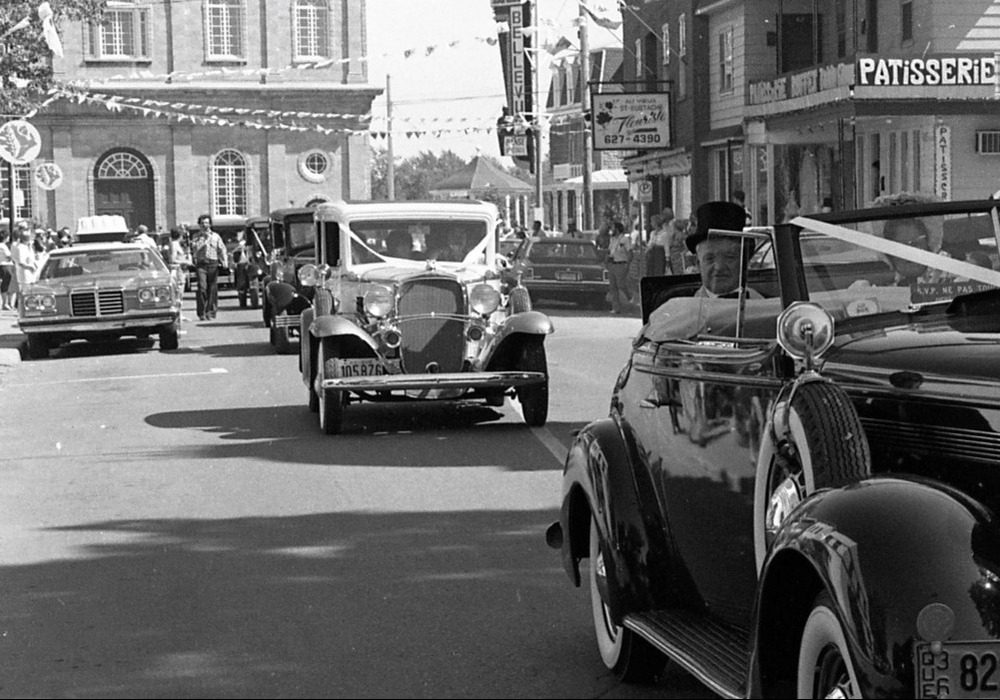
If the original settlers of Keremeos could see it now, no doubt they’d be surprised by the changes in the area surrounding this south central British Columbia village. The Similkameen Valley, located just below it, has seen the effects of floods, fire and time itself. In just one century, the terrain has evolved from arid scrub flats to acres of rich farmland and fruit trees have replaced the bunchgrass that once grew there. Even the town itself has changed. First established in 1907, the site moved three times before settling in its current location.
In its day, the Similkameen Valley was the preferred pathway to the interior of British Columbia. Native people followed the river, while early explorers and fur traders from the Hudson’s Bay Company used the valley as a trade and supply route. There are still traces of the section of the Dewdney Trail from Hope to Rock Creek that ran through the valley during the mining boom of the 1860s. But most of trail was covered by the Great Northern Railway railbed, constructed in 1907 to meet the needs of the miners, the ranchers, and the farmers. This, in turn, gave way to a highway which today provides one of the major connections to Vancouver.
The South Similkameen Museum records the experiences of early Keremeos settlers such as cattle rancher F.X. Richter, who moved to the area from Oregon in 1864 and who, realizing the valley’s potential for fruit growing, brought in apple trees by pack train. The exhibition celebrates the contribution and accomplishments of these pioneers.

